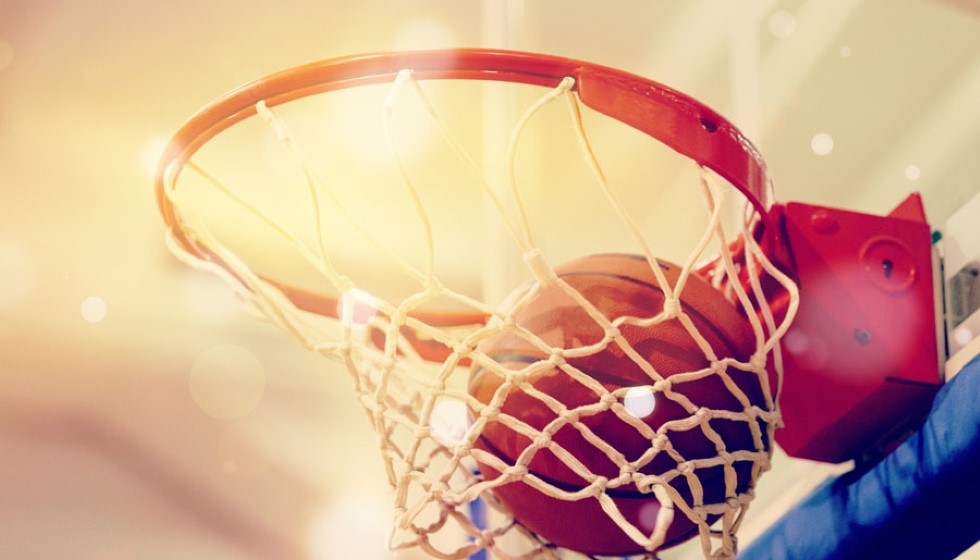
As the Philadelphia 76ers navigate a challenging part of their season, they face the formidable task of competing without their star center, Joel Embiid, and the invaluable presence of Andre Drummond. This absence has prompted an adaptive approach, spearheaded by Coach Nick Nurse, embracing smaller and more unconventional lineups to maintain competitiveness. Integral to this strategy is the contribution of Paul George, whose role has expanded under these unique circumstances.
Adopting a New Strategy
The 76ers have altered their usual lineup structure by appointing Guerschon Yabuesele as the starting center, while Adem Bona takes command of the second unit. This pivot from their traditional schemes showcases their willingness to experiment, even if it means straying from convention. A notable experiment was their deployment of a centerless formation during a recent 123-115 loss to the New Orleans Pelicans—a move that highlighted their adaptability but also exposed vulnerabilities.
In that unconventional lineup featuring Tyrese Maxey, Ricky Council IV, Kelly Oubre Jr., Caleb Martin, and Paul George, the 76ers ventured into relatively uncharted territory. While this smaller group lacked the dominating post presence typically associated with Embiid, it offered diverse skills that could potentially disrupt opponents through speed and versatility. However, the results are still pending on whether this approach can deliver consistent success.
Paul George’s Integral Role
Paul George stands out as a key figure in these tactical shifts. Known for his perimeter defense and versatility, George's attributes are well-suited for such an adaptive strategy. Standing at 6-foot-8 with a 6-foot-11 wingspan, George provides a unique advantage, allowing him to defend various positions effectively. However, the change in roles presents its own set of challenges for the veteran player.
Reflecting on his new responsibilities, George candidly expressed, "It's different. I'm used to scrapping and running around and chasing and fighting through screens." His experiences illustrate the physical and mental adjustments required from each player as they adapt to the demands of a lineup without a definitive center.
Adapting to Change
Despite the challenges, George's commitment to the team's strategy is unwavering, even if it comes with a personal caveat. "To be honest, I'm bored playing on a 5. It just don't do enough for me," he remarked, emphasizing his preference for challenging matchups. "I enjoy chasing the little guys and matching up against wing offensive players." This honesty highlights the balance the 76ers must maintain to harness George's full potential while adjusting to their new reality.
Coach Nick Nurse’s decision to implement smaller lineups is not without precedent, as other teams, like the Boston Celtics, have embraced similar strategies in the past. By drawing on successful examples, the 76ers hope to gain a competitive edge and continue their pursuit of excellence, even in the face of adversity.
The Path Forward
The absence of big men like Embiid undoubtedly tests the 76ers' adaptability and resilience. It challenges them to redefine their identity on the court and rely more heavily on team dynamics rather than individual prowess. This period may prove pivotal, potentially setting the groundwork for a more versatile and multi-dimensional approach as the season progresses.
While the ultimate success of these smaller lineups remains uncertain, the experimentation reflects a broader trend in the NBA, where adaptability and innovation often pave the way for triumph. For the 76ers, it is an opportunity to forge a unique path amidst adversity, driven by the collective efforts of players like Paul George who embrace change even as they vocalize its challenges.
As the season unfolds, the 76ers will likely continue to tweak their strategies, learning and evolving in real-time. Their current journey might just reinvent the way the team competes, ultimately contributing to their growth and success not only during this period without Embiid but potentially imparting lasting lessons for the future.